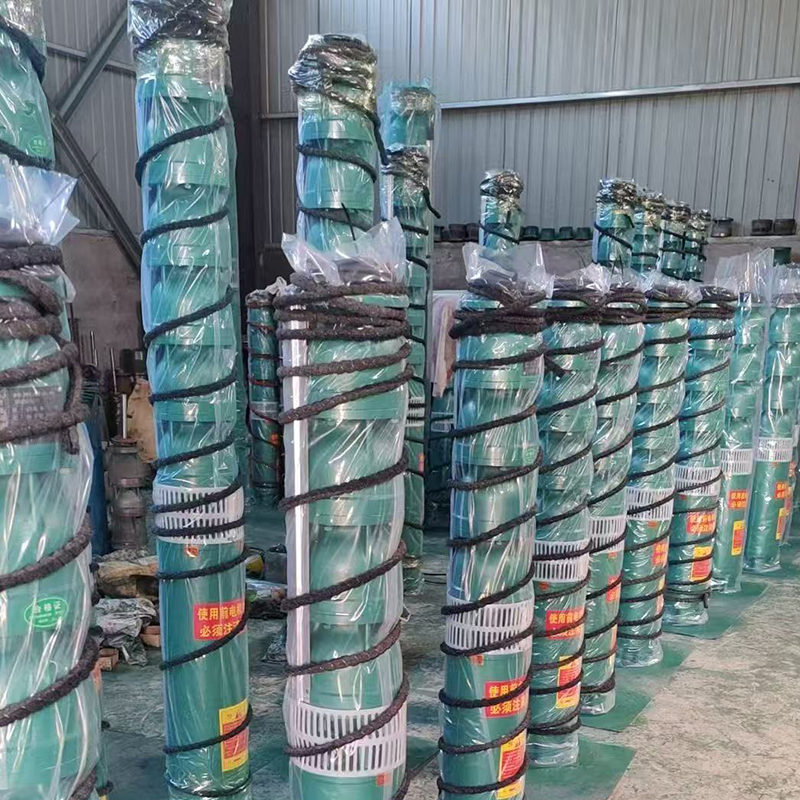Unraveling the Mysteries of Slurry Pumps: How They Work
The Heart of Slurry Transport
When it comes to moving thick mixtures of solids and liquids, slurry pumps are the unsung heroes of the industrial world. But what exactly makes these pumps tick? Buckle up, because we're about to dive deep into the workings of slurry pumps!
What is a Slurry Pump?
In simple terms, a slurry pump is a type of pump designed specifically for transporting slurries—those gritty, gooey mixtures of solids suspended in liquids. Think of it as the lifeblood of mining, wastewater treatment, and even food processing. These pumps are built tough, meant to handle abrasive particles without breaking a sweat.
How Do Slurry Pumps Work?
Alright, let’s lift the hood and take a look under the engine. The working principle of a slurry pump is pretty straightforward. At its core, it uses either centrifugal or positive displacement principles to move the slurry. So, how does that break down?
Centrifugal Pumps: A Spin on Things
Most slurry pumps operate on the centrifugal principle. They feature an impeller that spins rapidly, creating a centrifugal force that pushes the slurry outwards. This force causes the slurry to flow into the pump and out through the discharge pipe. The beauty of this design is its efficiency—perfect for high-volume applications!
Positive Displacement Pumps: Squeezing It Out
On the flip side, we have positive displacement pumps, which work by trapping a fixed amount of slurry and forcing it into the discharge pipe. Think of it like squeezing a tube of toothpaste; you get a consistent flow regardless of the slurry's viscosity. This type is especially handy for thick, heavy slurries that need a bit more muscle.
Key Components of a Slurry Pump
Now that we’ve got a grip on the basic mechanics, let’s talk about what makes these pumps tick. Here are the key components:
- Impeller: This is the heart of the pump. It’s what creates the centrifugal force to move the slurry.
- Volute: The volute is the casing that directs the flow of the slurry from the impeller to the discharge pipe.
- Wear Liners: Because slurries can be abrasive, wear liners protect the pump’s interior from damage.
- Suction Pipe: This is where the slurry enters the pump, and it’s crucial for maintaining a smooth flow.
Applications of Slurry Pumps
Slurry pumps are everywhere, and they make a world of difference in various industries.
- Mining: From transporting ore to tailings, slurry pumps are vital in the mining sector.
- Wastewater Treatment: They help move sludge and other byproducts in sewage treatment plants.
- Food Processing: Believe it or not, they also handle thick mixtures in food production, like fruit pulp!
Challenges and Considerations
But, hold your horses! It’s not all rainbows and butterflies when it comes to slurry pumps. They face challenges too, such as:
- Abrasion: Constant wear and tear from the solids can lead to frequent maintenance.
- Viscosity Variations: Changes in slurry consistency can impact pump performance.
- Maintenance Costs: Regular upkeep is necessary to keep these pumps running smoothly.
In Conclusion
So there you have it—a whirlwind tour of the workings of slurry pumps. Whether you’re in mining, wastewater treatment, or food processing, understanding how these pumps operate can help you appreciate their role in keeping industries flowing smoothly. Next time you encounter a slurry pump, you’ll know exactly what’s going on behind the scenes!
TAG:
Related Posts
Navigating the Waters of Industry: The Power of Slurry Pumps













